[Egypt Studies] The Goddess of Love is the Protector of Women, Musicians, and Dancers
Continuing the introduction of ancient Egyptian history to introduce to you, friends, to other gods worshiped by the inhabitants of the Pharaonic state. Hathor - the patron of women, especially revered by the goddess in the ranks of Egypt, her essence embodied the principles of joy, love of women and mother, and the main religious center of this beautiful Goddess in the ancient city of Dendera.
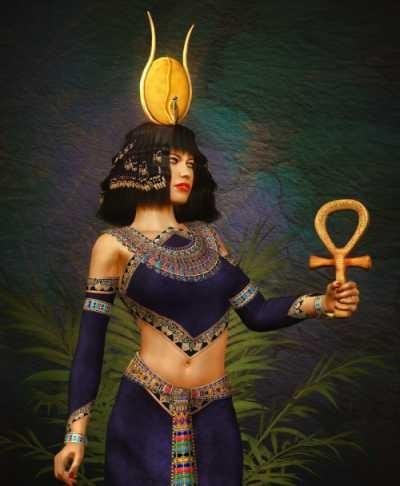
Today the temple of Goddess Hathor is one of the most beautiful sanctuaries among all, preserved ancient cult centers in Egypt. This magnificent complex is struck with unique decorations, intricate figure carvings, stunning images of carefully crafted text hieroglyphs and very beautiful ceilings.
Dendera is located on the west bank of the Nile, about 60 km north of Luxor, at 6th Nome of Upper Egypt. Dendera temple complex is 2.5 km southeast of the city itself.
Hathor, the greenish green goddess of the Nile Valley
Shadow Hathor is present in many places connected with the monumental history of Ancient Egypt. He is one of the most important goddesses of the Nile River Valley and remains one of the most famous symbols of ancient Egyptian religion.
Hathor is the goddess of joy, love and motherhood of women. In ancient Egypt, he was worshiped by both the royal and the ordinary. It is believed that he helped the women in childbirth, as well as the accomplished musicians and dancers. To Dewi Hathor treated with entreaties dreaming of being a girl's mother.
The goddess is known as the Western Lady, Turquoise, and Foreign Affairs. the first mention of the return date of the Fourth Dynasty (about 2613 -2494 BC.), but also has information of his cult, perhaps much older.
Queen Hatshepsut, the first female Pharaoh, add a small shrine dedicated to Hathor at the burial shrine of Deir el-Bahri. For the powerful rulers of ancient Egypt, Hathor and Sekhmet (goddesses with lion heads) possessed all the attributes that could plead for a woman.
However, Egyptian male rulers also worshiped Goddess Hathor. For example, Ramesses II built two temples at Abu Simbel - for Dewi Hathor and his beloved wife, Nefertari.
Hathor is described as a woman with a cow's head, a cow's ear or just like a cow. The cow on the Narmer palette, most likely pointing to it. This artifact comes from the pre-dynasty era and can be the earliest depiction of Hathor.
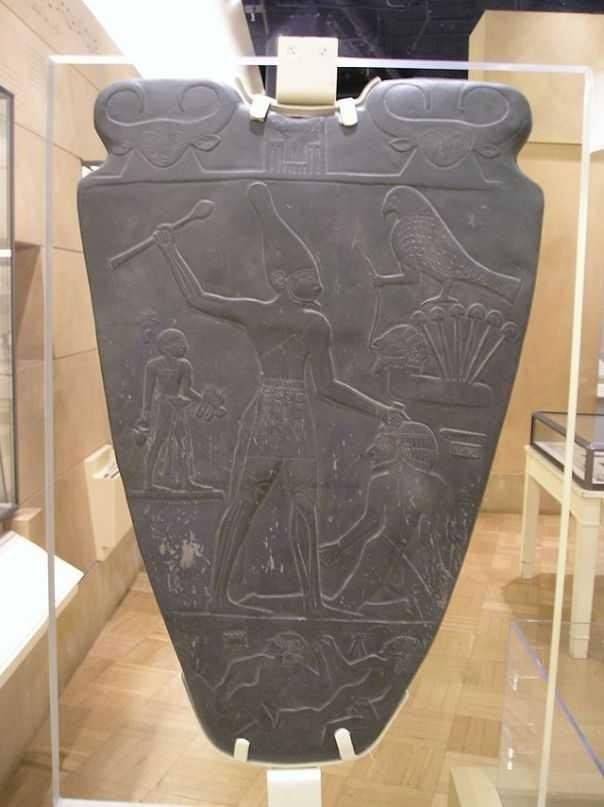
Some of the most valuable statues of Hathor belong to the period of reign of Amenhotep II (ca. 1427-1400 BC). He describes himself standing in front of Hathor (in the form of a cow), calling for his protection. Although Hathor is sometimes described as a woman with a cow's head, but more often she is described as a slim, beautiful woman wearing a headdress with a pair of cow horns and sun discs between them.
In the Book of the Dead Hathor is described as a cow greeting the one who died in the afterlife. The symbol is "sistrum" - a musical instrument that makes sounds like tambourine. In mythology, Goddess has a healing ability. For example, in one myth, he heals Horus's eye, after Seth (well, the man who killed Horus-Osiris father) stabs them.
According to this legend, Hathor, who caught Horus crying in the desert, suggested that he catch a deer and give it to him. (The amazing way for a blind to catch a deer ?!) After that, he drips milk into Khoras's eyes, thus restoring his eyesight.
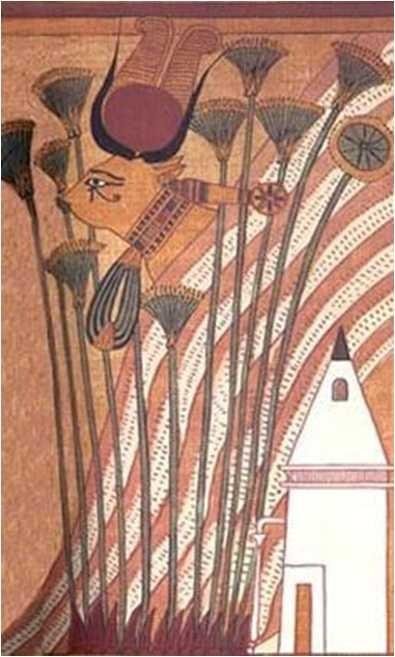
It is believed that Dendera is one of the oldest sanctuaries, even by the standards of ancient Egypt. Some texts show evidence of a religious structure built on this site during the reign of Pharaoh Pepi I (the end of the third millennium BC). There are also temple ruins, built during the New Kingdom, especially the 18th dynasty (the end of the second millennium BC). The current complex, including the Temple of Hathor, refers to the Ptolemaic period and the Roman period (3rd century BC), but here, there are well-preserved buildings dating back to earlier periods - is the home of "mammishi" (home delivery) Nectanebo II, which last from Egypt - the ruler of the ancient state of the pharaoh, who reigned in the 4th century BC.
The temple complex at Dendera covers an area of 40,000 square meters and is surrounded by a large wall. In this complex there are various buildings, including Dewi Isis's birthday temple (the same that her husband Osiris, partly collected, remember?), Roman "Mammisi" (attributed to the Troyan or Nero kingdom), a health temple and a sacred lake.
The complex at Dendera is known throughout the world as a rock carving, which is widely regarded as an electric light bulb.
Nevertheless, the most impressive part of the temple complex is, no doubt, the Temple of Hathor.
The Hathor Temple was built on the site of the ancient religious buildings in Dendera during the reign of Ptolemy XII and Cleopatra VII. Then the addition to the sanctuary of the Dendery complex was made during the Roman period. But despite the fact that the rulers of the late fourth and early fifth centuries were not Egyptians, the design of this temple is consistent with other classical Egyptian temples. The exceptions are only the front of the hypostyle room (without roof), which, according to the inscription above the entrance, was built by Tiberius Emperor (14-37 AD).
Like the ancient pharaohs and their recipients - the Ptolemaic dynasty and the next Egyptian ruler of Egypt, also used the temple complex as a means of propaganda and showed their devotion to the Egyptian gods. So, for example, in the hypostyle hall at the Hathor temple, the Roman emperor Nero is depicted, offering a "mother" model to the goddess. This image is cited as proof that Nero took part in the construction of a Roman-born home. On the other hand, the initiation and ornament at Mammisi itself refers to Troyan, indicating that this emperor was responsible for the establishment of the birthplace.
In addition to these drawings, in the temple complex there are also landscapes depicting the rulers of the Ptolemaic dynasty. For example, a wound on the outside of one of the mural walls of the temple shows Cleopatra VII and his son Ptolemy XV, better known as Caesarion.
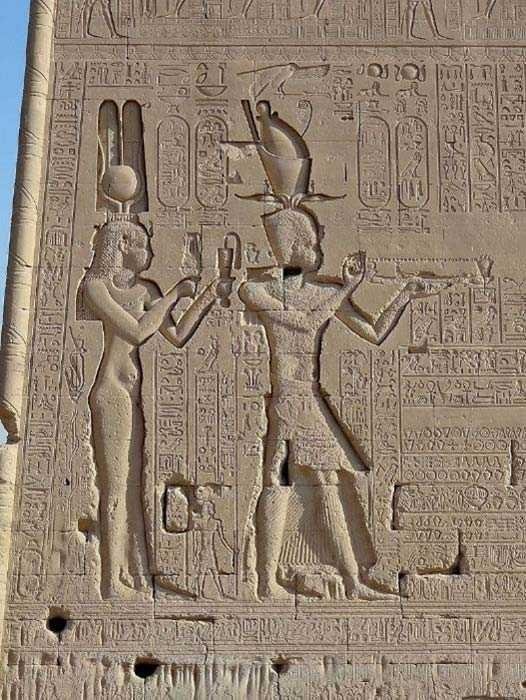
Hathor is also considered a Goddess of Healing, and this is evident from the presence of a healing temple in the compound. Here, many pilgrims appeal for the health of the Goddess. holy water (as described by ancient books, water is considered sacred because it is poured from the statue of Goddess) is used for bathing, the priests of the Hathor temple are handed a prayer-sour manuscript, and the bedrooms have been reserved for those who wish that the goddess appears in dreams and in this case will help heal. (Sanatorium, to his god!)
When Christianity became the dominant religion in Egypt (at the beginning of a new era), a Christian basilica was built in the Dendera temple complex. Archaeologists who investigate the remains of this structure assume that it was built in the 5th century. and is considered an excellent example of early Coptic church architecture. But unfortunately with the time the complex was really abandoned as a place of worship. When the scientists who accompanied Napoleon during his campaign in Egypt visited the site for the first time, they only found an ancient Bedouin village in the compound. The unique ceiling with paintings in the temple eventually turns black from the faded chandelier soot, where the locals prepare their own food.
To this day, Hathor still remains one of the most popular goddesses in ancient Egypt. In addition to Isis, Sekhmet and Bastet he acts as one of the ancient symbols of ancient religion, beauty and femininity of ancient Egypt. The temple complex at Dendera has been restored and the modern traveler can fully enjoy the grandeur of its architecture and superb design.
Many tourists who visit Egypt buy ornaments with turquoise - the charm of Dewi Hathor women, as magical and mysterious as, indeed, the entire history of ancient Egypt.

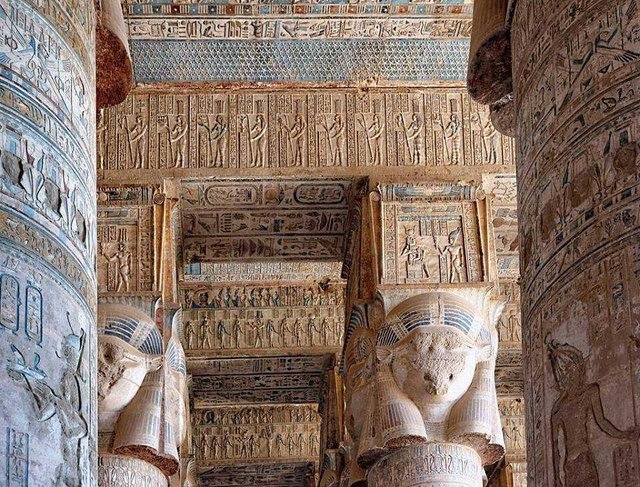
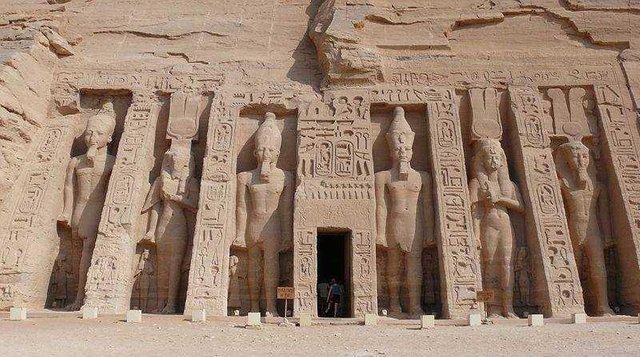
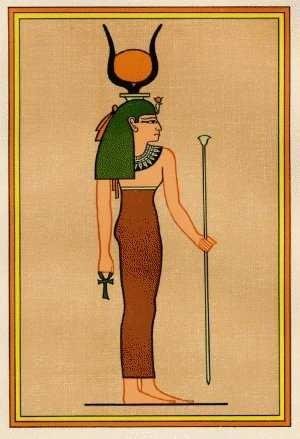
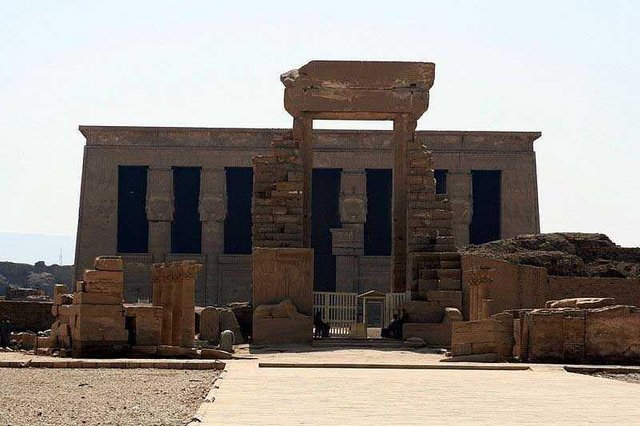
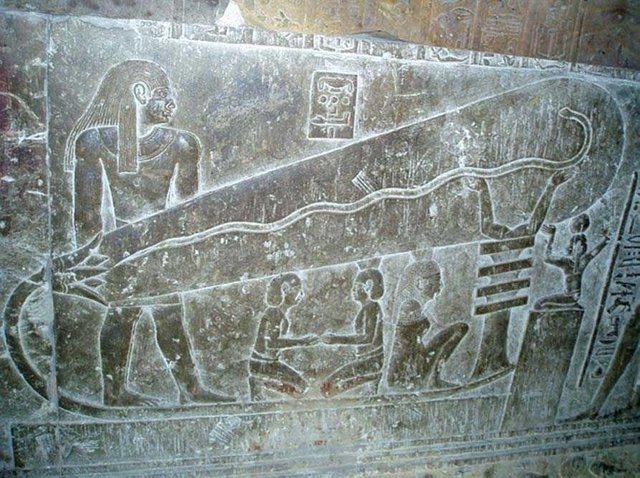
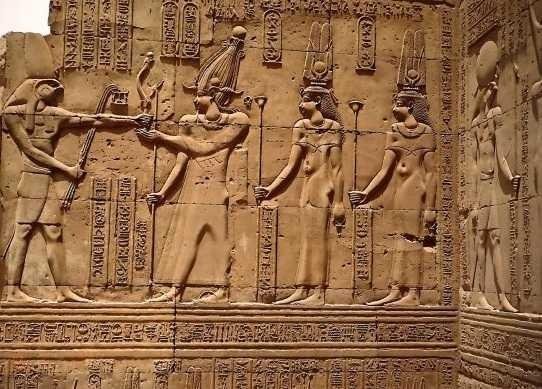
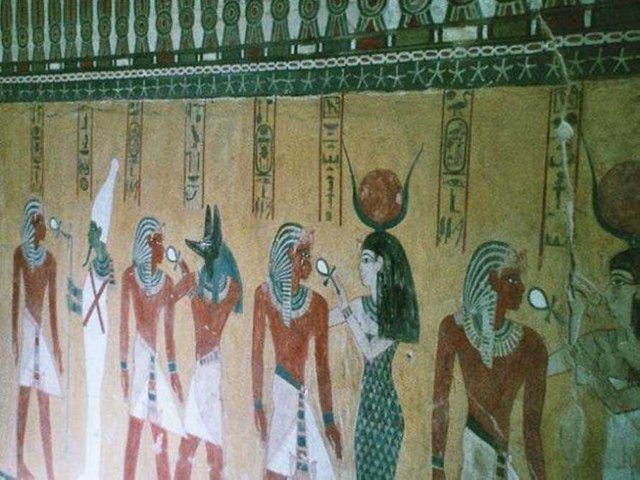
this is very good quality, I like this post, good luck for that post
Terima kasih @udinseduniaa ya.. Komentar mu bagus sekali tapi vote mu tidak ada... Hehe
Saya lupa tadi nge vote.. Sudah saya vote.. Vote back ditunggu
This is so expository. Am going to research on it more.